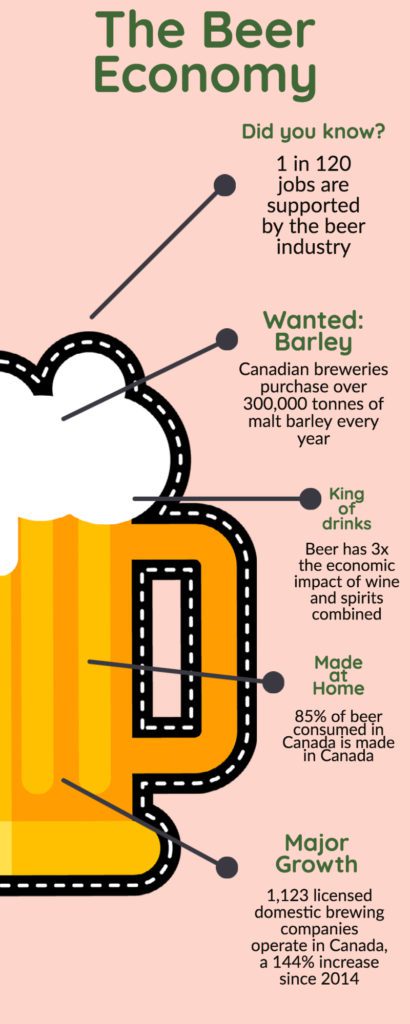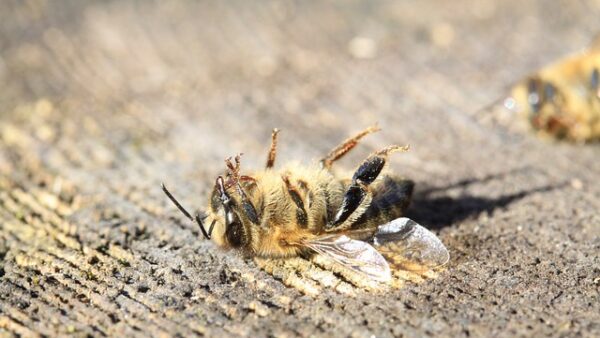This is part of of a two-part story on beer. Check back soon for an update on Canadian hops breeding!

The craft beer market has exploded during the pandemic, and that only means more success for a Canadian beer industry that was already seeing a renaissance even before COVID-19 became a part of our lives.
Despite COVID-19 dominating in 2020, there was an 8% increase in the number of brewing facilities in Canada compared to 2019, notes Agriculture and Agri-Food Canada (AAFC) barley breeder Dr. Ana Badea, based in Manitoba.
Opportunities in the realm of barley and hops are growing. AAFC scientist Dr. Aaron Mills says to make craft beer, brewers don’t use adjuncts like rice and corn commonly used in mass-produced pale lagers.
Craft breweries use exclusively barley, and because they use so much of it, they can use barley that has a lower enzyme package, he notes. Industrial brewers prefer beer with higher enzymes which is more efficient when brewing with adjuncts.
“We did a survey a few years ago and had close to 50 breweries that we surveyed on what was important to them. Local malt was a big one for craft brewers. There’s a growing demand for local malts,” Mills says.
“Brewers are a lot like chefs, and they like specific ingredients. Craft malt has nuances that may be more appealing for the brewer, but the brewer needs to know what those differences are.”
So, AAFC works with brewers to read spec sheets and provides testing for malt houses as well. Locally produced malt, Mills says, can help sell craft beer by enhancing the “story” of the beverage. Heritage malt is a prime example, he notes. Heritage malts use so-called heritage barley varieties with a special place in history.
“The story behind different malts from different places and times in history can be a good marketing angle or may make it give the beer a unique flavour. And with some of the supply chain issues we are seeing, having a local source of your primary ingredients is really important.”
Of course, heritage malts don’t make up the bulk of the malt used for brewing. It would be modern malting barley varieties that are responsible for that.

AAFC barley breeder Dr. Ana Badea, based in Manitoba, is one of the people responsible for ensuring brewers are provided with good varieties that will create superior craft beer. With classic varieties CDC Copeland and AAC Metcalfe being very popular varieties used in brewing, she notes that new varieties are in development that will one day replace the older ones still in use.
AAC Synergy and AAC Connect are two newer AAFC varieties with improvements over AC Metcalfe (AAC Synergy has 13% higher yield than AC Metcalfe). AAC Connect, besides having higher yield than AC Metcalfe, also has fusarium head blight resistance.
AAFC also registered AAC Goldman in 2018, which has higher yield than Metcalfe and a desirable malting quality profile for all-malt brewing. 2020 saw the unveiling of TR17255, which has a good malting profile for the mainstream brewing market (registration is currently pending).
While CDC Copeland remains king of the malt barley world, she’s hopeful adoption of more modern varieties will continue. AAC Synergy has surpassed AC Metcalfe with 22% of seed acres in Western Canada compared to 17% for AC Metcalfe (CDC Copeland remains tops at 42%).












